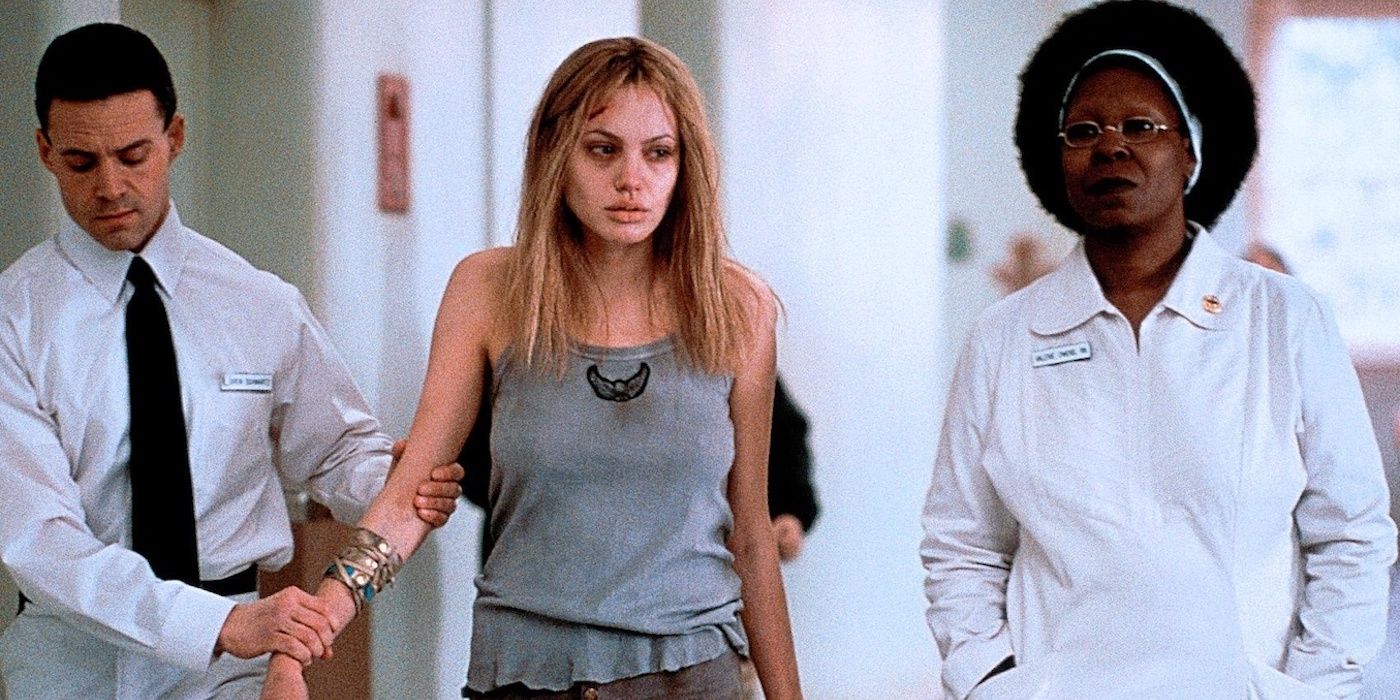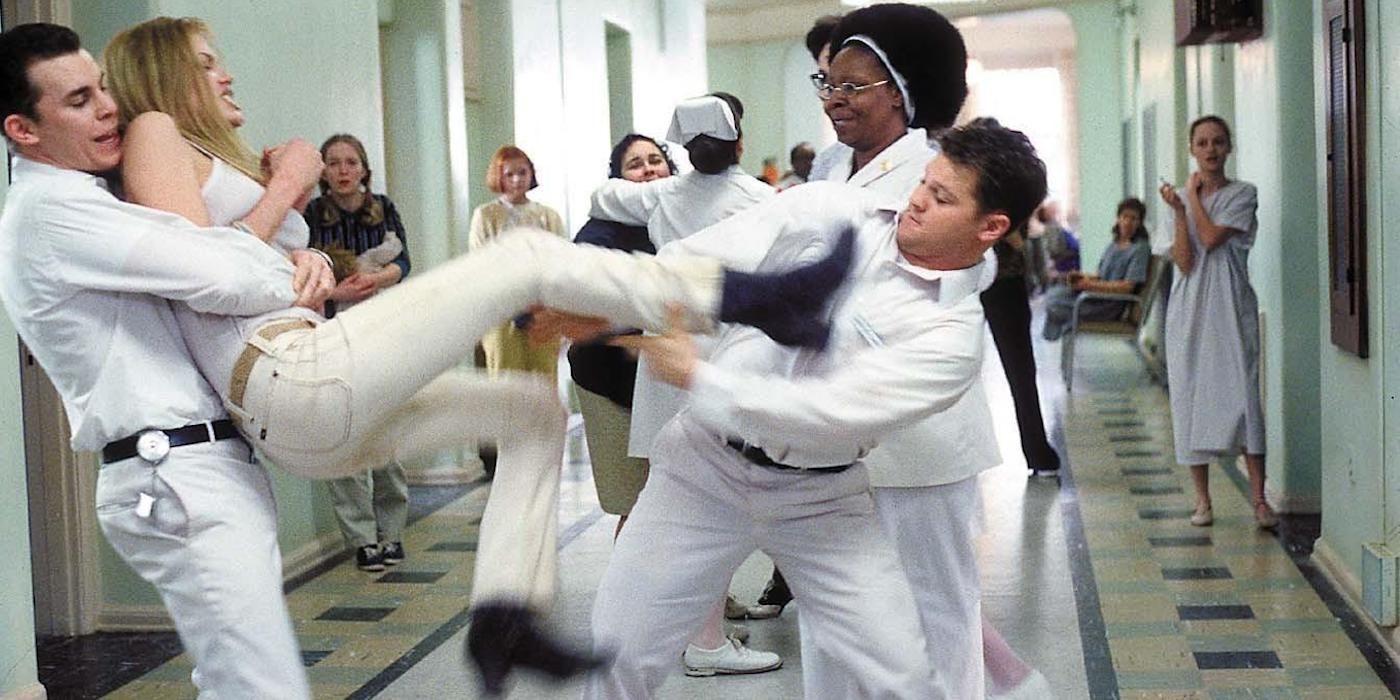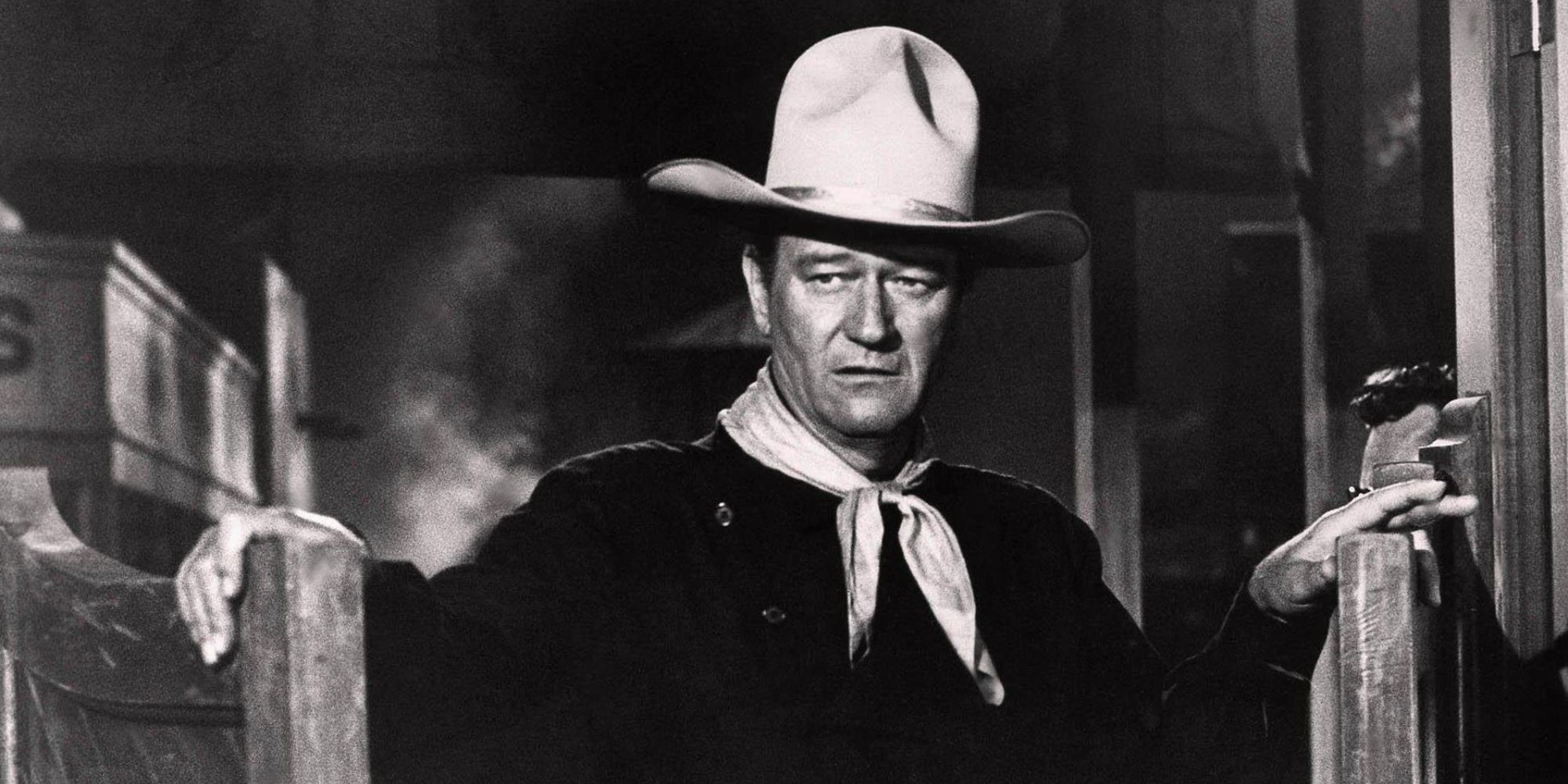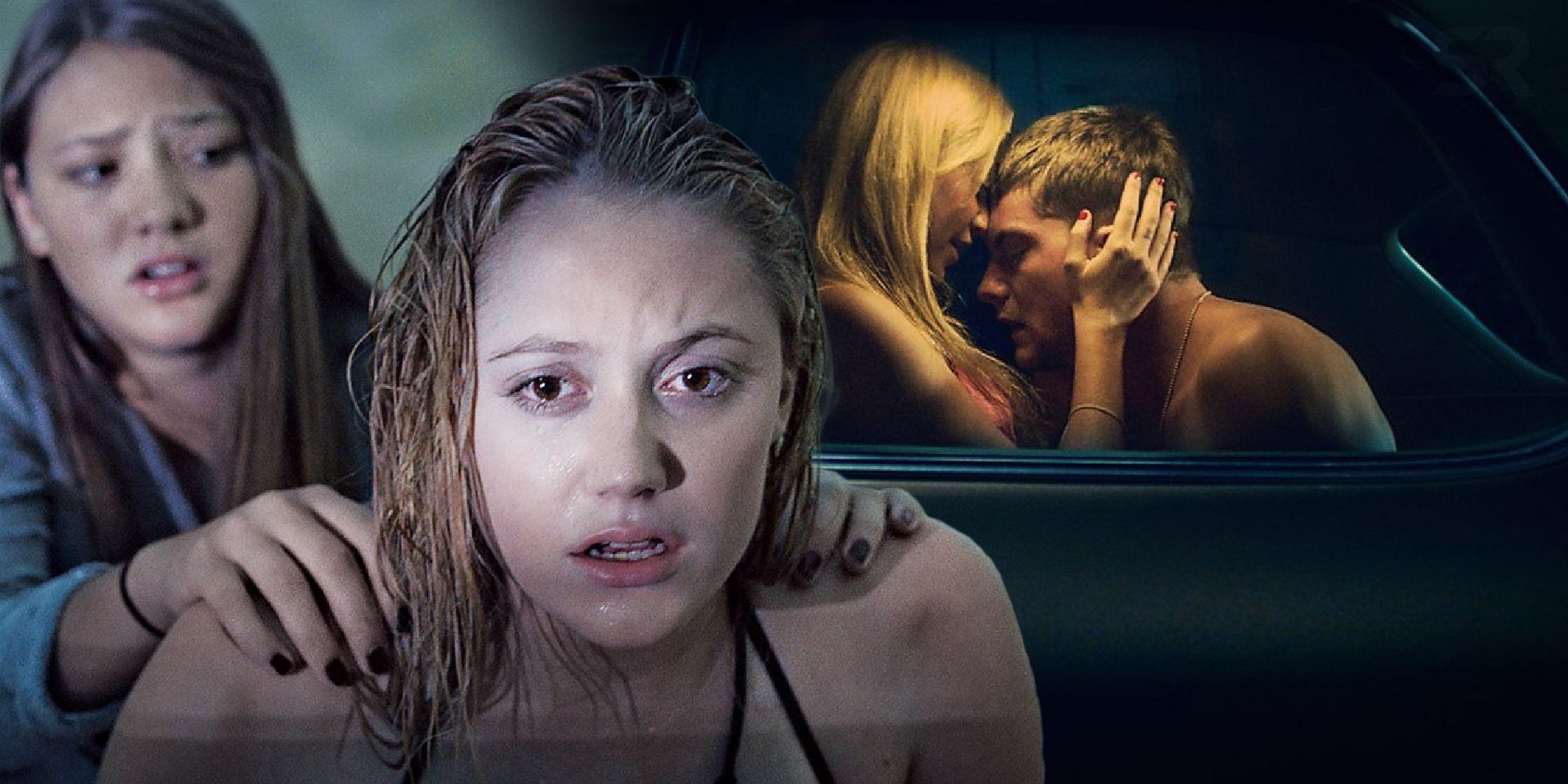The Big Picture
- Many movies inaccurately depict mental illness as dangerous or violent, perpetuating harmful stereotypes.
- Girl, Interrupted portrays mental illness with more nuance, highlighting the reality of victims of violence and abuse.
- The film falls short in its portrayal of characters and their illnesses, especially in downplaying the seriousness of BPD and the hard work of recovery.
Most movies that include characters who suffer from mental illness don’t concern themselves much with accuracy, perhaps in part because the reality of living with and being treated for a mental illness isn’t particularly cinematic. James Mangold‘s 1999 drama Girl, Interrupted is unusual in that it does show some of the mundanity of treatment and day-to-day life, yet in its depictions of its characters and their illnesses — particularly that of its main character, Susanna (Winona Ryder) — its legacy is a mixed bag.
We know that far too many films characterize people with mental illnesses as dangerous or violent (some even going so far as to turn them into supervillains), and that trend hasn’t slowed down in recent years: Split, Glass, and the massively successful Joker (not to mention the sequel due out later this year, Joker: Folie à Deux) are all evidence of this. And those films aren’t even horror movies; the horror genre is also packed to the gills with mentally ill killers. But aside from a tendency for violence, we also see other problematic representations of mental illness in Hollywood, like Silver Linings Playbook‘s disturbing implication that bipolar disorder can be cured with romantic love.
Girl Interrupted
Set in the changing world of the late 1960s, “Girl, Interrupted” is the searing true story of Susanna Kaysen (Winona Ryder), a young woman who finds herself at a renowned mental institution for troubled young women, where she must choose between the world of people who belong on the inside — like the seductive and dangerous Lisa (Angelina Jolie) — or the often difficult world of reality on the outside.
- Release Date
- December 21, 1999
- Rating
- R
- Runtime
- 127 minutes
- Main Genre
- Drama
‘Girl, Interrupted’ Offers Some Nuances in Its Portrayal of Mental Illness
Girl, Interrupted, on the other hand, portrays mental illness with considerably more nuance. With the exception of Lisa (Angelina Jolie), who is diagnosed as a sociopath, none of the characters are violent, and even Lisa isn’t that violent — she screams at people and slaps another patient at one point, but that’s the extent of it. The film also accurately shows the reality that people with mental illness are far more likely to be the victims of violence and abuse than the perpetrators, such as Daisy (Brittany Murphy), who appears to suffer from OCD and an eating disorder stemming from at least in part her father’s abuse.
The movie also points out a problem that persists to this day: women are frequently given less agency in and control over their own medical care. The patients at Claymoore aren’t told their diagnoses or what medications they’re being given; we never see a doctor or nurse ask a patient whether her medications are working or if she even wants them. It also exposes the dark side of a system that still — and perhaps even more so today — treats people with serious mental illnesses as a problem to be warehoused, rather than as individuals with their own perspectives who deserve a say in their own treatment.
The Characters Are Defined by Their Diagnoses
All that said, the film is far from flawless. Though the characters are largely sympathetic, they’re also mostly simplistic, one-dimensional representations of their illnesses. Georgina is a pathological liar; Polly is in a state of arrested development; Janet has anorexia, but we never learn anything else about these people. To be fair, the film is Susanna’s story: it’s based on the book of the same name written by Susanna Kaysen about her real-life experiences, so it makes sense that Susanna is more fleshed out than the supporting characters. But considering that she spent a year institutionalized with them, it wouldn’t be asking for much to see some character development beyond just learning their diagnoses.
Lisa does get more development by virtue of her extended screen time, though we still learn surprisingly little about her beyond the symptoms of her illness: she’s charming, manipulative, selfish, and at times, scary. And although she doesn’t get a happy ending (that we see), the film comes dangerously close to glamorizing female sociopathy. Although Lisa often intimidates those around her, especially her fellow patients, she’s also undeniably magnetic, funny, and entertaining. Some viewers might consider some aspects of her personality as aspirational in the same way that some Fight Club viewers find Tyler Durden aspirational, and the casting of beautiful, the statuesque Angelina Jolie only contributes to this.

The Most Realistic Movies About Mental Illness, From ‘Black Swan’ to ‘Eighth Grade’
When Hollywood gets real about mental illness, the results can be powerful.
A Dubious Representation of Borderline Personality Disorder
The depiction of Susanna’s illness is even more problematic. Susanna is diagnosed with Borderline Personality Disorder, and she herself seems to agree that the diagnosis is accurate. Hollywood has a history of exploitative portrayals of BPD on screen, such as Fatal Attraction‘s Alex (Glenn Close) and Single White Female‘s Hedy (Jennifer Jason Leigh). Girl, Interrupted, though, is a drama, not a thriller, and wants to make Susanna likable and sympathetic rather than villainous. But in doing so, it tends to focus on the sexy, fun-to-watch parts of her illness — the impulsivity, the promiscuity — while glossing over or ignoring the less attractive symptoms that typically present with BPD: profound and sometimes chaotic mood swings, a tendency to view the world in black and white, an extreme fear of abandonment, intense and unstable relationships, and acute anger.
Of course, not all people with BPD experience all of these symptoms, but the vast majority experience some of them. Yet once Susanna is admitted to Claymoore, her symptoms apparently disappear — apart from a pair of brief sexual interludes with two attractive male characters. For comparison, Shame‘s Sissy (Carey Mulligan), though not explicitly diagnosed with BPD, is one of the most accurate representations of the condition in mainstream film.
Even worse, the film appears to treat BPD as though it’s not a real, serious mental illness, especially compared to the other patients’ illnesses. Head nurse Val (Whoopi Goldberg) tells Susanna that she’s just “lazy” and “self-indulgent,” and the film never contradicts this assertion. Psychologist Dr. Wick (Vanessa Redgrave) presents “sanity” as a choice in Susanna’s case, and asks her to what degree she intends to “indulge [her] flaws,” implying that Susanna can and should simply choose to get over it — a harmful narrative about mental illnesses that our culture continues to perpetuate. In her closing monologue, Susanna herself says that she “wasted a year of [her] life” in the psychiatric facility, implying, again, that she didn’t actually need the treatment and could have chosen to do things differently. But in reality, BPD is a serious condition that can be incredibly painful to live with, and just like depression, OCD, or sociopathy, sufferers can’t just “choose” to be “sane.”
‘Girl, Interrupted’ Downplays the Importance and Hard Work of Mental Health Treatment
The plot also downplays the hard work of treatment and recovery, presenting it in a quick montage set to cheerful music. Susanna appears to spend less than half of her year at Claymoore actually cooperating with her doctor, taking her meds, and engaging in her therapy sessions, and at the end, she seems to be fully recovered: in control of her emotions, sleeping soundly, and no longer acting out. She acknowledges that she’ll continue to see Dr. Wick twice weekly, but we don’t see any evidence that she still suffers from BPD symptoms. Yet in actuality, recovery from BPD usually takes years, with symptoms fading gradually over time — and some sufferers never achieve complete remission.
Overall, Girl, Interrupted is a unique entry in the pantheon of movies attempting to portray mental illness with a higher-than-usual degree of empathy and compassion, and the performances from its star-studded cast make it an entertaining one, too. But if you’re looking for strict accuracy in depictions of mental illness, Hollywood still has a long way to go.
Stream Girl, Interrupted on Hulu in the U.S.
Watch on Hulu





